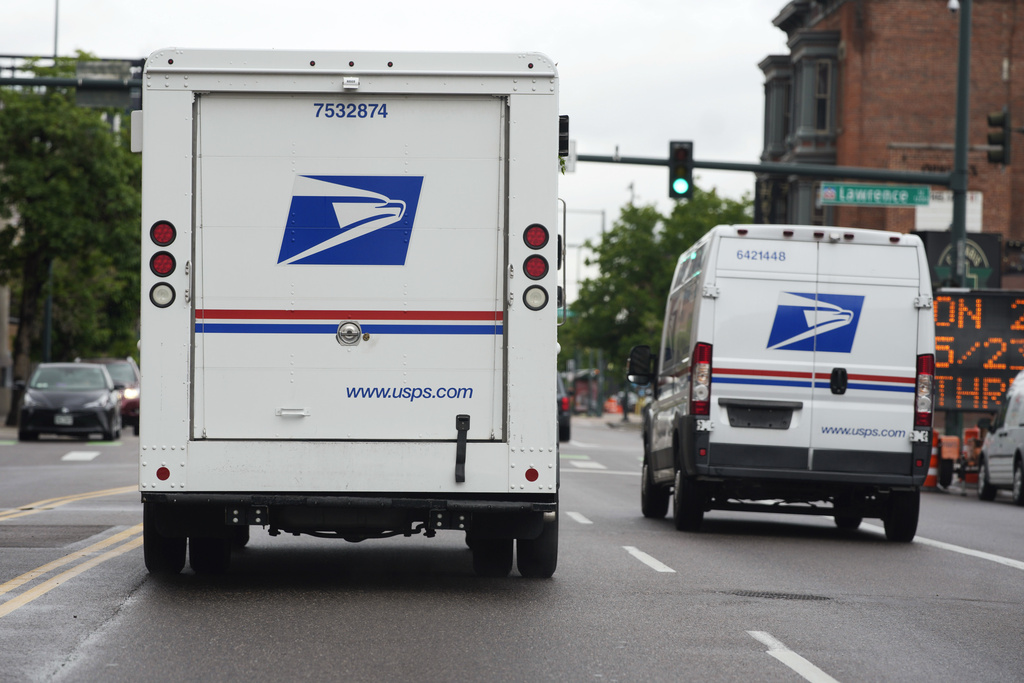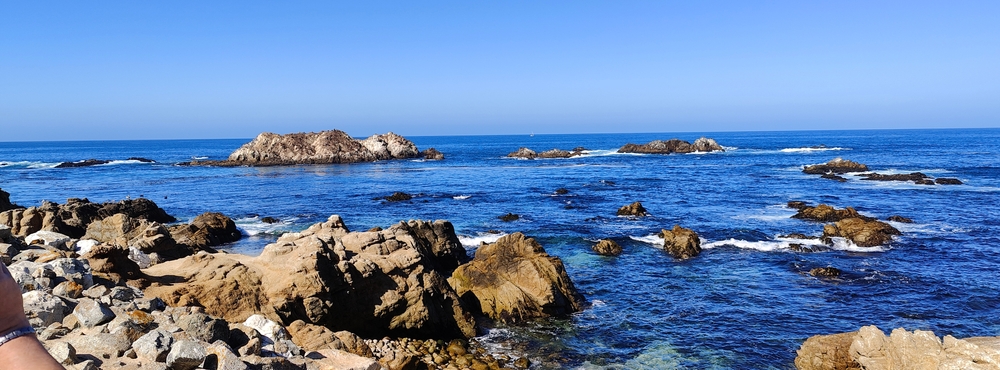Floating around in space is gentle and effortless, but our bodies aren't built for it. You might have heard about how astronauts' bones get weaker or how their vision deteriorates. More than half of them report a lot of back pain while they're up there, too.
With no gravity to work against, the muscles that keep their vertebrae aligned sit unused for months at a time and start to weaken and shrink. A new study finds it can take months after astronauts return to Earth to get their strength back.
This muscle atrophy is a known problem in spaceflight. Research shows even with regular exercise five or six times a week, astronauts still experience weakened muscles and back problems in space.
SEE MORE: Apollo Astronauts' Health Issues Reveal A Hurdle To Deep-Space Travel
But until this study, researchers thought the back pain might have been because the discs in an astronaut's spine swell in the absence of gravity and stretch everything out. Long-term astronauts do get taller, by an average of about 2 inches.
Knowing the cause is muscle atrophy will make strength training even more important when planning long-term missions, like those that might go to Mars. Astronauts could put more core work in their exercise routines or take up yoga for better mobility. They could also wear special clothing that helps compress the spine.
It's not just about back pain. Astronauts on long trips from Earth have to be strong enough to do their work and strong enough to respond to emergencies — even those that might occur in gravity on the surface.











